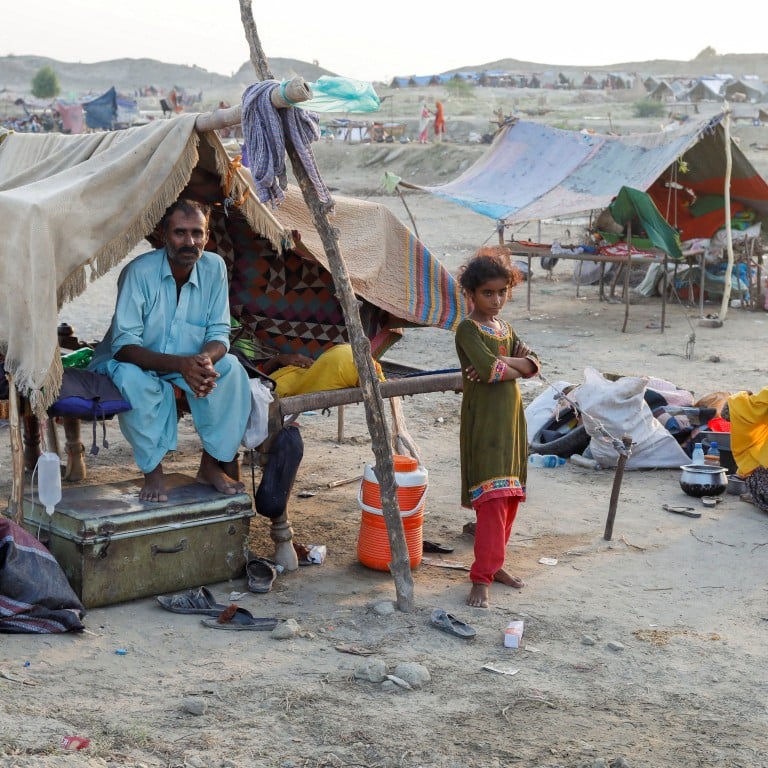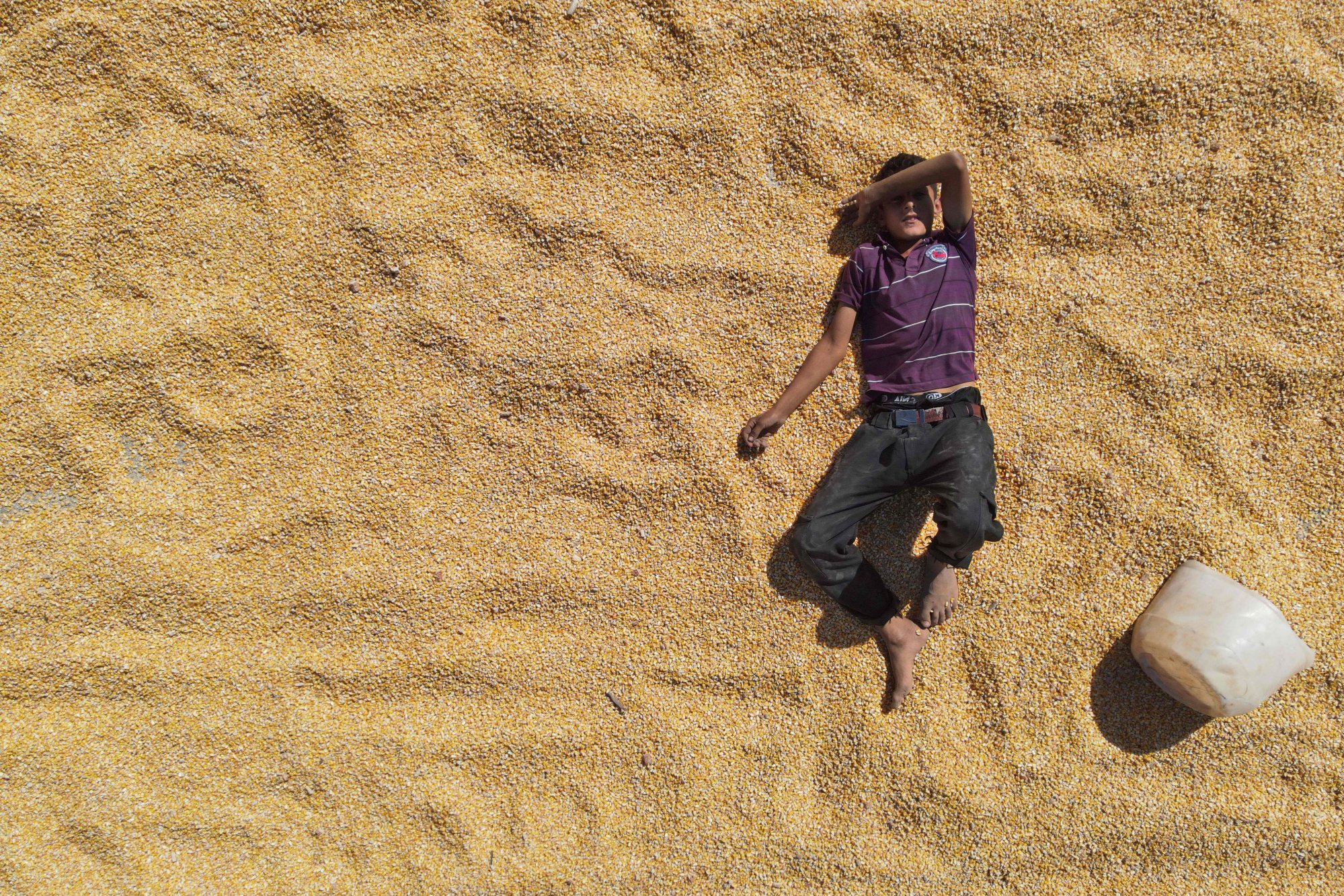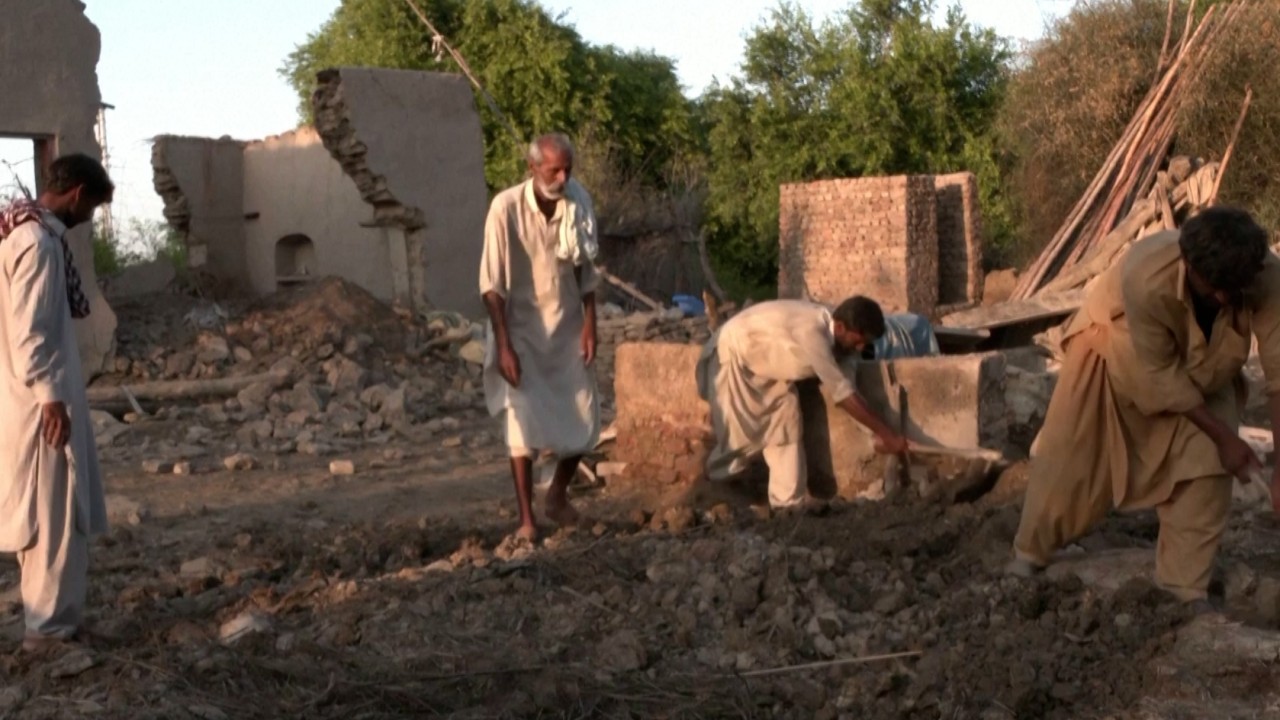
COP27: Rich nations must take responsibility and pay for the climate damage in poor states
- As rich nations resort to coal in an energy crisis while resisting calls for climate reparation, poor countries continue to suffer the worst effects of climate change
- At COP27, a climate loss-and-damage facility must finally be set up to compensate vulnerable states, which must stand together for a louder voice
The climate will change, the vulnerable must suffer, but what else must rich states facing the energy crisis do?

More distressingly, the rich states argue it is better to cut emissions (which most are not doing) and to help vulnerable states strengthen their adaptation plans to minimise the loss and damage from climate change. Is climate adaptation without a loss-and-damage facility really the better approach? Pakistan’s latest floods suggest otherwise.
After the 2010, 2011 and 2012 floods, several substantial adaptative measures were implemented across Khyber Pakhtunkhwa. Yet this year’s floods still caused massive loss and damage. The adaptative measures helped save lives, but there is no reparation for the economic and non-economic losses.
Still, the momentum gained on the loss-and-damage issue – which was deferred but not derailed – at COP26 was considered a success. Could 2022 be when loss and damage is taken up as a high-priority agenda point? Sadly not. While it has been included in the provisional agenda, its addition in the formal agenda is yet to be agreed upon.
The Conference of Parties has sent a clear message to the vulnerable states – save yourselves; rich states are not ready to take climate responsibility. What then?
Amid heatwaves and floods, time is short to make good on climate pledges
Firstly, COP27’s discourse must include and discuss climate action, not just in peace but in crisis. Reductive idealistic assumptions of peace oversimplifies the discourse for the sake of pushing forward. Rich states must be made aware of their roles and responsibilities in a crisis so they may be held accountable.
Secondly, and more importantly, it’s time to think regionally: climate change is a borderless issue and requires borderless thinking to address. Vulnerable states must unite, align and pave the way for collaborative thought to amplify their voice in the international arena.
Pakistan must lead the collaboration as it does in the suffering. In an environment where peer pressure is the principal accountability tool, to hold the ground, we must carry weight. Alone, we can be so little; together, we can be so much.
Rizwan Basir, a sociologist, works as a Senior Technical Specialist at Climate Resourcing and Coordination Center (CRCC) based in Islamabad, Pakistan


